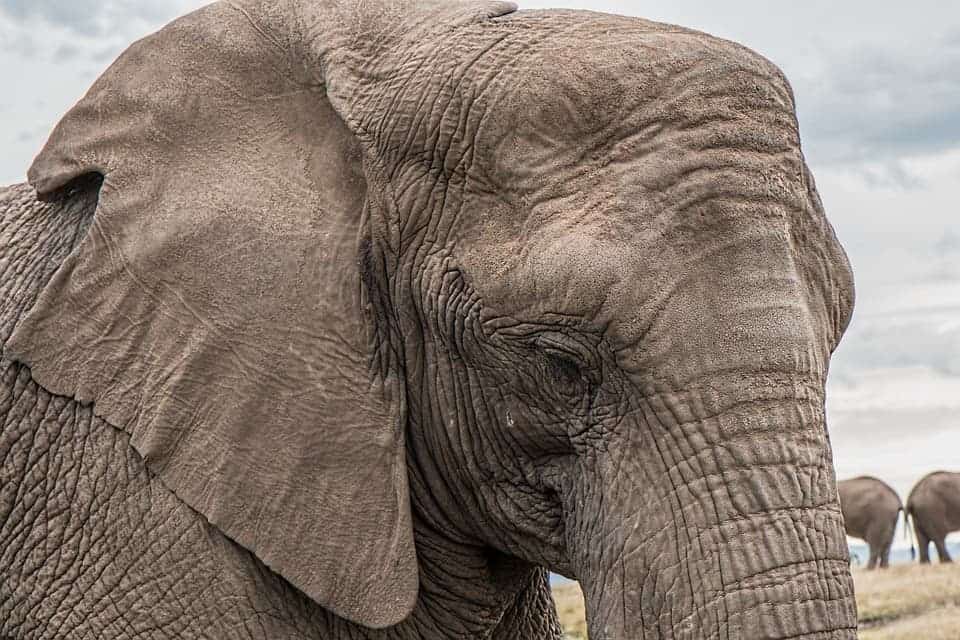
A species’ survival ultimately depends on available energy. If a population cannot gain access to energy, it cannot reproduce, ultimately collapsing. On the other hand, if populations have access to plentiful energy sources, these will thrive.
This is, of course, a simplification of ecosystem dynamics. Writing in Nature Communications, researchers at the Santa Fe Institute have presented a more nuanced model for extinction that incorporates body size and metabolic scaling. In the Nutritional State-structured Model (NSM), animals can be either “hungry” or “full”, but also large or small, and can interact and procreate in an ecosystem with limited resources.
“Unlike many previous forager models, this one accounts for body size and metabolic scaling,” explained Chris Kempes, a biologist at Santa Fe and co-author of the new study. “It allows for predictions about extinction risk, and also gives us a systematic way of assessing how far populations are from their most stable states.”
The model assumes hungry animals are susceptible to mortality while full animals can reproduce more readily. What sets NSM apart from other extinction models is that it also takes into account the fact that an animal’s energy needs vary with body size, which can be determined with the help of biological scaling laws.
When the model was run for many interactions, the researchers found that species used different patterns to gain the most resilience against extinctions. Remarkably, the model managed to reproduce two patterns that are particularly known in biology. One pattern observed was that the bigger the species, the fewer individuals cohabitate in a given area — this is known as Damuth’s law. In other words: larger species are more stable in the face of starvation when populations have small numbers, while small species can be more resilient with large population densities.
Another pattern that the researchers observed in NSM was that terrestrial mammals tend to gravitate towards larger body size, a relationship known as Cope’s rule. Overall, larger animals, which have a slower metabolism, were the most stable in the face of starvation.
Interestingly, NSM predicts that the ideal mammal, one that is robust in the face of starvation, would be 2.5 times the size of an African elephant.
“As we incorporated more realism into how quickly organisms gain or lose body fat as they find or don’t find resources, the results of our model began aligning with large-scale ecological and evolutionary relationships. Most surprising was the observation that the NSM accurately predicts the maximum mammalian body size observed in the fossil record,” explains Justin Yeakel, a biologist and co-author of the paper.
“The dynamics of foraging and the interaction of body size in foraging and resource availability, these are all rich problems for which there is beautiful phenomenology,” says Sidney Redner, a physicist at Santa Fe. “I hope some of this will have relevance in managing resources and ensuring species don’t go extinct.”
NSM is not perfect, though. The model doesn’t account for predation, for instance — but even so, it already offers valuable insight into the dynamic that foragers use in order to survive on limited resources.






